Predict giving reason, the outcome of the reaction:
LiI + KF →
To predict the outcome of the reaction between LiI and KF, we need to analyze the components involved and their properties.
1. Identify the Reactants:
The reactants in this reaction are Lithium Iodide (LiI) and Potassium Fluoride (KF).
2. Determine the Cations and Anions:
- LiI consists of the cation Li⁺ (Lithium) and the anion I⁻ (Iodide).
- KF consists of the cation K⁺ (Potassium) and the anion F⁻ (Fluoride).
3. Exchange of Ions:
In a double displacement reaction, the cations and anions exchange partners. Therefore, the possible products will be:
- Li⁺ will pair with F⁻ to form Lithium Fluoride (LiF).
- K⁺ will pair with I⁻ to form Potassium Iodide (KI).
4. Write the Products:
The products of the reaction can be written as:
- LiI + KF → LiF + KI
5. Analyze the Stability of the Products:
- LiF is formed from a small cation (Li⁺) and a small anion (F⁻), which results in a strong ionic bond due to effective overlap and attraction.
- KI is formed from a larger cation (K⁺) and a larger anion (I⁻), which also results in a stable ionic bond, but the bond strength is weaker compared to LiF.
6. Conclusion:
The reaction results in the formation of Lithium Fluoride (LiF) and Potassium Iodide (KI). The reaction can be summarized as:
- LiI + KF → LiF + KI
The reactants in this reaction are Lithium Iodide (LiI) and Potassium Fluoride (KF).
- LiI consists of the cation Li⁺ (Lithium) and the anion I⁻ (Iodide).
- KF consists of the cation K⁺ (Potassium) and the anion F⁻ (Fluoride).
In a double displacement reaction, the cations and anions exchange partners. Therefore, the possible products will be:
- Li⁺ will pair with F⁻ to form Lithium Fluoride (LiF).
- K⁺ will pair with I⁻ to form Potassium Iodide (KI).
The products of the reaction can be written as:
- LiI + KF → LiF + KI
- LiF is formed from a small cation (Li⁺) and a small anion (F⁻), which results in a strong ionic bond due to effective overlap and attraction.
- KI is formed from a larger cation (K⁺) and a larger anion (I⁻), which also results in a stable ionic bond, but the bond strength is weaker compared to LiF.
The reaction results in the formation of Lithium Fluoride (LiF) and Potassium Iodide (KI). The reaction can be summarized as:
- LiI + KF → LiF + KI
Topper's Solved these Questions
- BOOK - MODERN PUBLICATIONCHAPTER - S-BLOCK ELEMENTS ( ALKALI AND ALKALINE EARTH METALS ) EXERCISE - Conceptual Question 210videos
S-BLOCK ELEMENTS ( ALKALI AND ALKALINE EARTH METALS )
- BOOK - MODERN PUBLICATIONCHAPTER - S-BLOCK ELEMENTS ( ALKALI AND ALKALINE EARTH METALS ) EXERCISE - NCERT FILE ( NCERT Textbook Exercises)32videos
S-BLOCK ELEMENTS ( ALKALI AND ALKALINE EARTH METALS )
- BOOK - MODERN PUBLICATIONCHAPTER - S-BLOCK ELEMENTS ( ALKALI AND ALKALINE EARTH METALS ) EXERCISE - PRACTICE PROBLEM24videos
S-BLOCK ELEMENTS ( ALKALI AND ALKALINE EARTH METALS )
- BOOK - MODERN PUBLICATIONCHAPTER - REDOX REACTIONS EXERCISE - COMPETITION FILE (Objective Questions) (C. MULTIPLE CHOICE QUESTIONS)9videos
REDOX REACTIONS
- BOOK - MODERN PUBLICATIONCHAPTER - SOME BASIC CONCEPTS OF CHEMISTRY EXERCISE - COMPETITION FILE (INTEGER TYPE AND NUMERICAL VALUE TYPE QUESTIONS)10videos
SOME BASIC CONCEPTS OF CHEMISTRY
Similar Questions
Knowledge Check
- Question 1 - Select One
Predict the product R in the reaction
 A1-MethylcyclopentanolB2-MethylcyclopentanolC2-MethylcyclopenteneDCyclohexane
A1-MethylcyclopentanolB2-MethylcyclopentanolC2-MethylcyclopenteneDCyclohexane - Question 2 - Select One
 , Predict major product of the reaction :A
, Predict major product of the reaction :A B
B C
C D
D
- Question 3 - Select One
Predict the major product of the reaction.
 A
A B
B C
C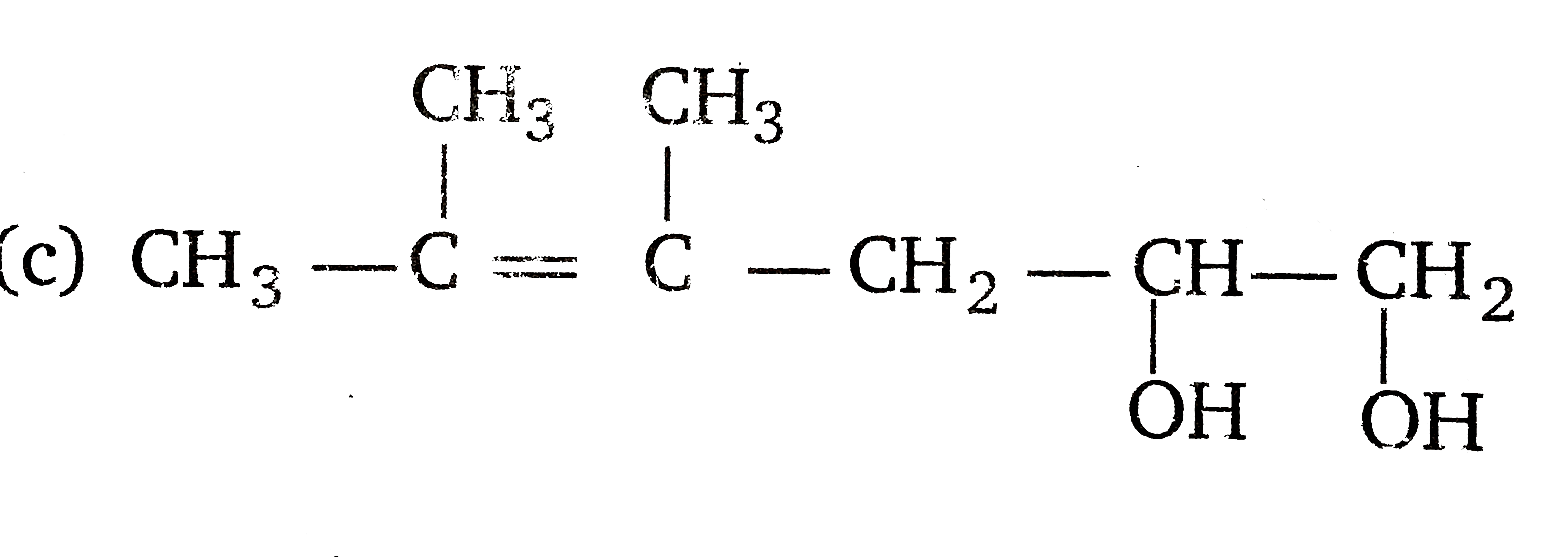 D
D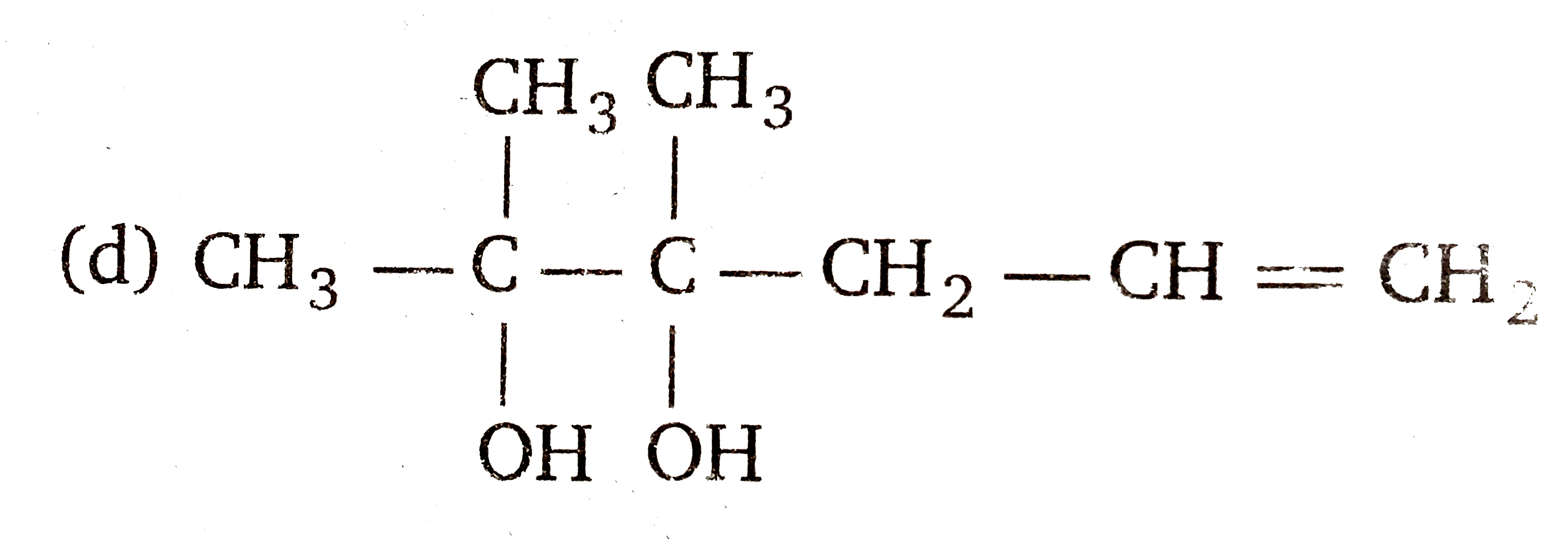
Predict the products of the following reactions :
 View Solution
View SolutionPredict the product formed in the following reaction
 View Solution
View SolutionPredict the product (A) of the following reaction
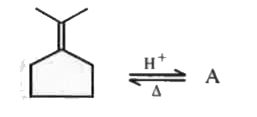 View Solution
View SolutionPredict the major produt of reaction :
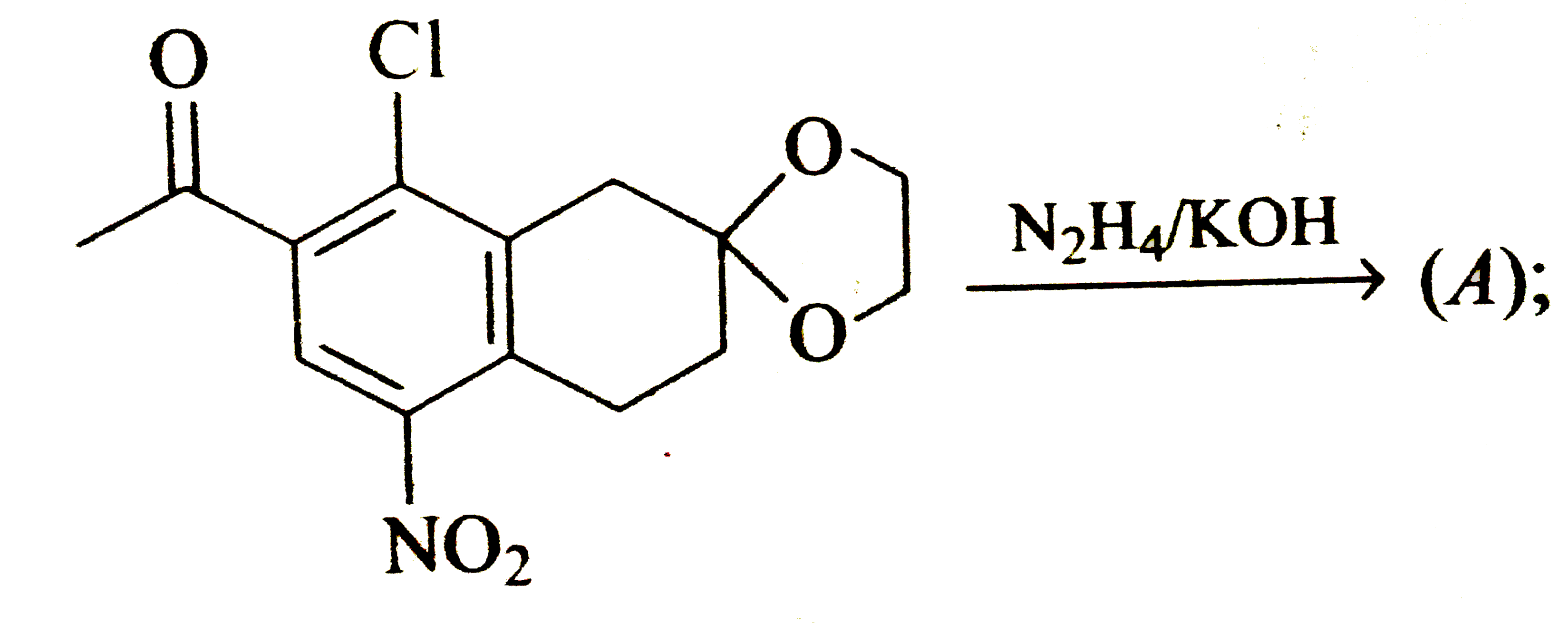 View Solution
View SolutionPredict the product (A) of the following reaction
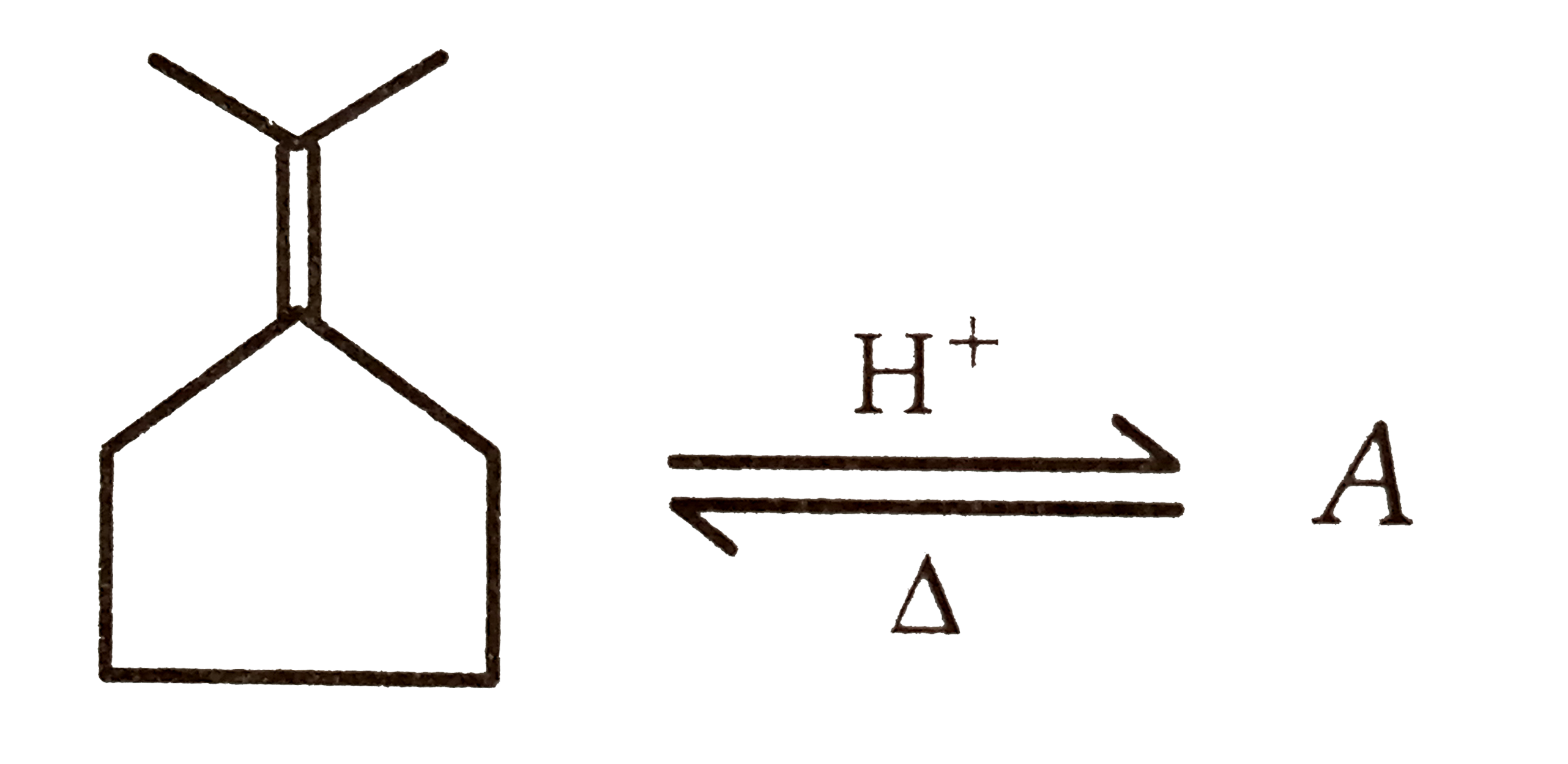 View Solution
View Solution



